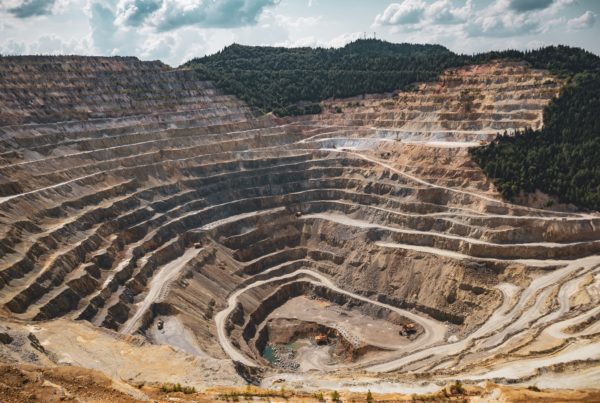
The fuel can be produced by adding bacteria to spent drill holes—meaning there are thousands of potential hydrogen sources worldwide.
There was no prospect of getting any more oil out of the old well. It was just a depleted cavern hiding beneath the sun-baked Texas soil. But then some folks came along and squirted a special liquid into it. They went away for five days, and when they came back it was no longer an oil well. It had transformed into a hydrogen source.
Cemvita Factory, a biotech firm in Texas, had spritzed a carefully selected combination of bacteria and nutrients down the bore hole. Once inside the well, the microbes began breaking down the residual oil hydrocarbons in there—dregs that would be unprofitable to extract—to generate hydrogen and CO2. This field test in July, though small in scale, was a “huge success,” says chief business officer Charles Nelson.
Nelson would not comment on what bacteria and nutrients the company is using, but he says his firm aims to produce hydrogen for $1 per kilogram, which would be competitive against other methods of obtaining the fuel. He estimates there are more than 1,000 depleted oil wells dotted around the United States that are suitable for the same kind of microbial treatment: “A lot of these reservoirs are abandoned, they’re in the custody of the state, they’re orphaned and waiting to be cleaned up.”




